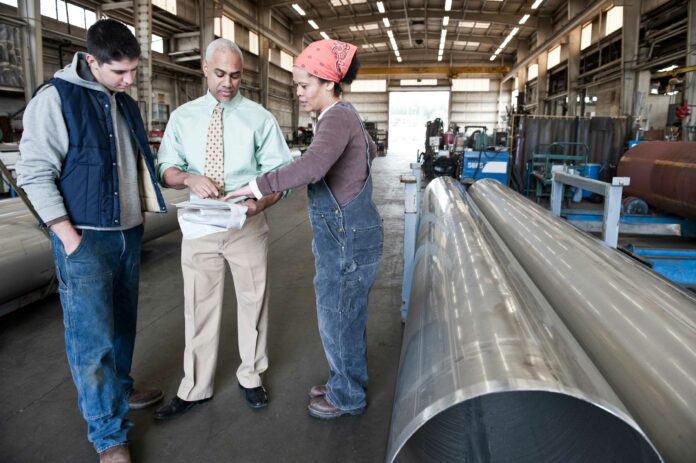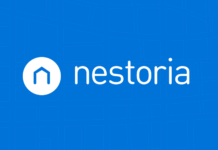
Physical facilities and equipment require ongoing maintenance and care. Without proper management and maintenance of your facilities, buildings and equipment would quickly deteriorate. Unfortunately, most maintenance departments are operating at 10-40 percent efficiency. And nearly 70 percent of equipment failures are self-inflicted. These figures tell us that many organizations are still far from the best practices in facilities management.
Besides, many manufacturers are still relying on reactive maintenance. Many blame it on their manufacturing equipment and assets and the repairs they require. More blame goes to not being able to stock critical parts needed for sustained production. Today’s face-paced manufacturing processes that don’t allow proper planning and time management isn’t helping either.
But it’s easy to blame, and you can keep doing that, but it will be a complete waste of energy and time. Instead, ask yourself, what are the best practices today to become successful in facilities management? Let’s take a look.
Both a Prerequisite and a Dominant Factor in All Best Facilities Management Practices is Presence
Businesses need responsive, courteous, and specialized facilities management professionals to manage today’s complex business operations. In simple words, the presence of professionals and facilities management systems is the key to make the most in working with a facilities systems provider. Being responsive and on-demand is key to successfully controlling maintenance and management activities, even among in-house facilities management professionals. That said, responsive must also incorporate timeliness, meaning facility managers need to execute the needs of each building or business.
Streamline Your Facilities Management Tasks and Systems Through a CMMS
There must be a way for facility managers to achieve continual improvement with record keeping and documentation. The best way to achieving this feat is by making use of a computerized maintenance management system (CMMS) where you can centralize all your inputs. CMMS makes managing activities and maintenance operations easier while giving the facility managers the control they need to be successful.
Personalize Your Facilities Management Operations
Each facility is unique, and the needs of individual buildings and businesses can vary. Snow removal, chemical spills clean up, flood restoration, pest control, and other emergency services make up a fraction of the possibilities demanded from a successful facilities management team. In addition to creating scheduled maintenance and plans for all expected and unexpected facilities management events and activities, an effective program should be flexible and adaptable to the unique needs of each business.
Leverage Data to Track Activities and Performance
The ability to track and gain insights into facilities management activities and performance through analytics is one of the best facilities management practices today. Analytics refers to the systematic computational analysis of data or statistics, which can be used to make strategic decisions. Analytics helps facility managers provide insight into how they can increase profitability, improve overall assets, and facilities management simultaneously. Ultimately, this helps facility managers to make sure their operation delivers a strong return on investment without giving up on quality and quantity.
Communicate and Collaborate
Whether it’s facilities management or human resource management, communication and collaboration are the keys to being successful in today’s business world. Without effective communication and collaboration between all parties involved, any plans for facilities management is incomplete. All the employees, as well as other stakeholders, must understand how proper facilities management can contribute to the brand value and decrease overall costs. Depending on the size and the industry in which your business operates, using facility management software-based systems can enable better communication and collaboration within the organization, especially if there are multiple facilities.
Skills Training
Analyze the discrepancies between the required skills and available skills to determine the training needs of employees to close the gap. To make these training programs more constructive, you can institute a qualification and certification program to measure skills achievement through written exams and practical skills demonstrations.
Final Takeaway
Competition is harsh today, and businesses that do not implement rigorous facilities management goals and objectives could lose competitive advantage, brand value, and money. I have discussed some of the best practices in facilities management today, and if you aren’t practicing these, start now to gain better control and transparency into your operations. This is a win-win for you as a facility manager and businesses alike.











